Twenty years ago, when I was still floating anglers down the Henry’s Fork and making my living on the oars, I followed a long parade of drift boats down the river and wondered at the sheer number of my fellow guides who rowed the same lines and had their clients cast to the exact same runs and holes. While that approach can work for the first couple boats, trailing the herd rarely guarantees the best possible results in the long term.
At the end of the day, the average angler is not all that different from the rest of the human population. We notice what we look for, we miss what we don’t actively seek out, and we travel in well-worn ruts that take us to the same predictable places on a regular basis.
Where some fly fishermen do have an advantage - and just some fly fishermen, mind you; not all - is that we kicked off our fly fishing careers with the knowledge that our sport is eclectic, and eccentric, and about as far off the beaten path as it’s possible to get while still pursuing fish with a line and a hook. In other words, we don’t fish with a fly rod because it’s overly efficient or effective. We fish with a fly rod because it’s a wonderful way to spend time on the water. The fact that we might hook a few fish is simply an added bonus.
I’ve noticed something truly fascinating over the last dozen or so years. At the same time the majority of anglers are becoming more skilled and more technically proficient, those same anglers are setting aside their individuality - their creativity, and their willingness to experiment - and adopting a simple paint-by-numbers approach. It’s the “Insert Tab A into Slot B” school of fly fishing, and while it definitely makes it easier to hook a few fish, it also puts a low ceiling on how high you can go with the sport.
I’ll give you an example. The other day I was standing on a tall bank looking down on the cold, clear flows of Montana’s Missouri River. There were a handful of gentlemen spread out below me, and without exception they were parked thigh deep in the current and casting towards the deep, slow water against the near bank. Some were throwing dry flies, and some were lobbing nymphs and indicators, but they all understood the rules of the game. There were browns and rainbows stacked up in that long, productive slot, and it’s safe to assume that every single thing those anglers knew about fly fishing - every story they’d read, every video they’d watched, every guide they’d been out with over the years - had reinforced the status quo. To paraphrase: “Here’s where the trout are hanging out, and here’s how you catch them. Now get to it.”
Yet from my perspective, a couple other things were also obvious. First, every angler there was looking into the morning sun, which was making it awfully hard to see what was going on right in front of them. Second, nobody was hooking up. And third, nobody at all was fishing the skinny water on the far side of the channel. So what did I do? I picked out a short stretch devoid of people, dropped down from my hundred foot high perch, waded through that fishy seam along the bank and made my way across the channel to the shallow waters near the far side. When I got there, the sun was at my back and it was easy to see a handful of very large trout rising regularly in skinny water - trout that everyone else in the immediate vicinity seemed intent on ignoring.
It brought to mind the time I took my son Kian - I think he was eight that Spring - down to the river and told him to stand ankle deep and swing his little soft hackle in a foot deep riffle. He looked at the shallows right in front of him, and then at the deeper, slower water down below, and his eight year old brain told him the same thing that everyone who finds himself (or herself) in that situation seems to think.
“If there are any fish at all in the shallows, they’ll be small. Big fish like deep water.”
It was the piscatorial equivalent of “the grass is always greener on the other side of the fence.” Kian didn’t want to fish there, and he really didn’t like the idea of me wading thirty yards downstream in water up to my waist where the biggest fish were sure to be, but I told him to humor me; to make a couple dozen casts before he dropped further down the channel.
Five minutes later he landed a twenty inch rainbow he’d hooked in that shallow riffle and played completely on his own. And while that fish was incredibly beautiful, and while I was one proud father, the real lesson Kian learned that evening was to wander off the beaten path, and to experiment, and to try things that might at first glance seem counter-intuitive.
So if I could be so bold as to offer a few words of advice to those of you still relatively new to the sport, it would be to improvise, and to try new techniques and new approaches, and to stop following the herd. Sure, there will be days when trailing the crowd is actually pretty effective. But if you really want to get the most out of your time on the water, pay attention to Robert Frost and take the less traveled road.




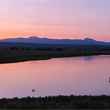
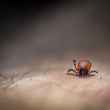





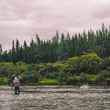
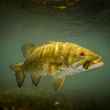



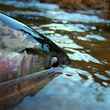
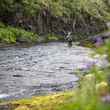




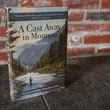



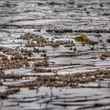
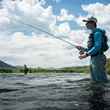
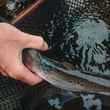
Comments
Dean K Milelr replied on Permalink
This is spot on. I often fish "unwanted" stretches of water, side seams, riffles, etc. that are deemed unworthy by the herd. The reward, though not guaranteed, is worth the adventure. As you mention, parting ways from the crowds expands our skill and spurs our fishing creativity.
Jim Parks replied on Permalink
I’ve been doing this for years. I tell anglers that want to fish unfished waters to simply watch where others are fishing and they’re got. I catch most of my wild, large browns fishing small pockets or shallow side runs including a 27” this year following another pair who were cherry picking dark pools.
Jim Parks
Pages